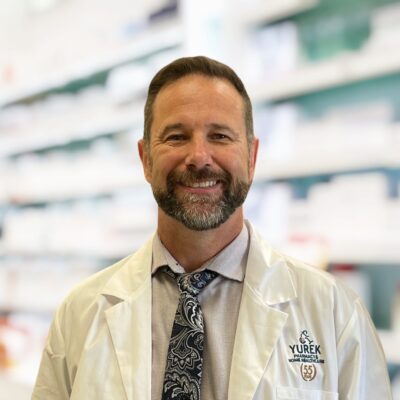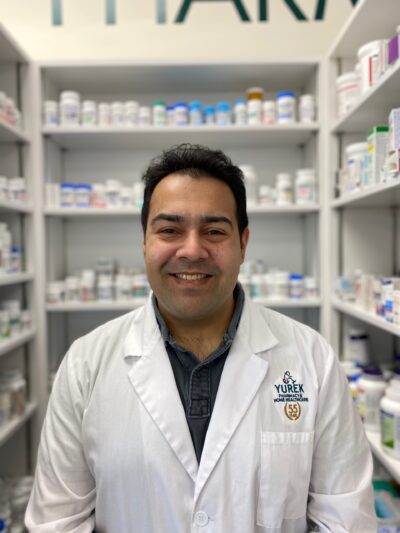You are woken by a scream and when you go into your child’s room, they appear awake but are inconsolable. After a few moments, they fall back asleep peacefully. Upon waking, they have no idea why you’re upset or have any recollection of the event. You’ve just experienced a child who has had a sleep terror (also called night terror), one of the non-REM sleep disorders. Parasomnias are unusual and unwanted physical events that disrupts our sleep. They are grouped by the stage of sleep in which they occur: REM (Random Eye Movement) sleep or non-REM sleep. Non-REM sleep usually occurs from the time we fall asleep to the first half of the night. Other non-REM parasomnias include sleepwalking, confusion arousals and sleep eating. (Yes, that must be why I can’t lose weight; I’m eating in my sleep). These conditions are also known as arousal disorders and involve some form of physical or verbal activity.
Sleep terrors are more common in younger individuals. Up to 30% of children have experienced at least one episode. They become less common as we get older and there are no differences between genders. A person experiencing sleep terror will suddenly show signs of panic such as screaming, kicking, or lashing out. The muscles may become tense accompanied by a fast heartbeat and dilation (widening) of the pupils. They will often appear awake but are unaware of their surroundings. They can last a few moments or up to 40 minutes afterwards, and the person will return to sleep with little to no memory of the event. They are different from nightmares, which occur during REM sleep and are unpleasant dreams with little to no physical involvement. Unlike sleep terrors, there is often a vivid memory of nightmares.
Sleepwalking (also called somnambulism) is a general term for a person completing a variety of activities while still unconscious. The individual may appear awake but glossy-eyed, and their speech is often incoherent. People who suffer from somnambulism may walk, get dressed, move furniture, or attempt complex behaviours like trying to drive a car. Most people will return to bed with no memory of their activity or can wake up confused while they are out of bed.
It’s not fully understood what causes parasomnias, but certain triggers like stress, anxiety, depression, PTSD, sleep deprivation, certain diseases and medications have been associated with an increased incidence. So next time someone says that a task is so easy, they could do it in their sleep, they may be trying to share that they too deal with some form of parasomnia. Take care of yourselves and each other.








